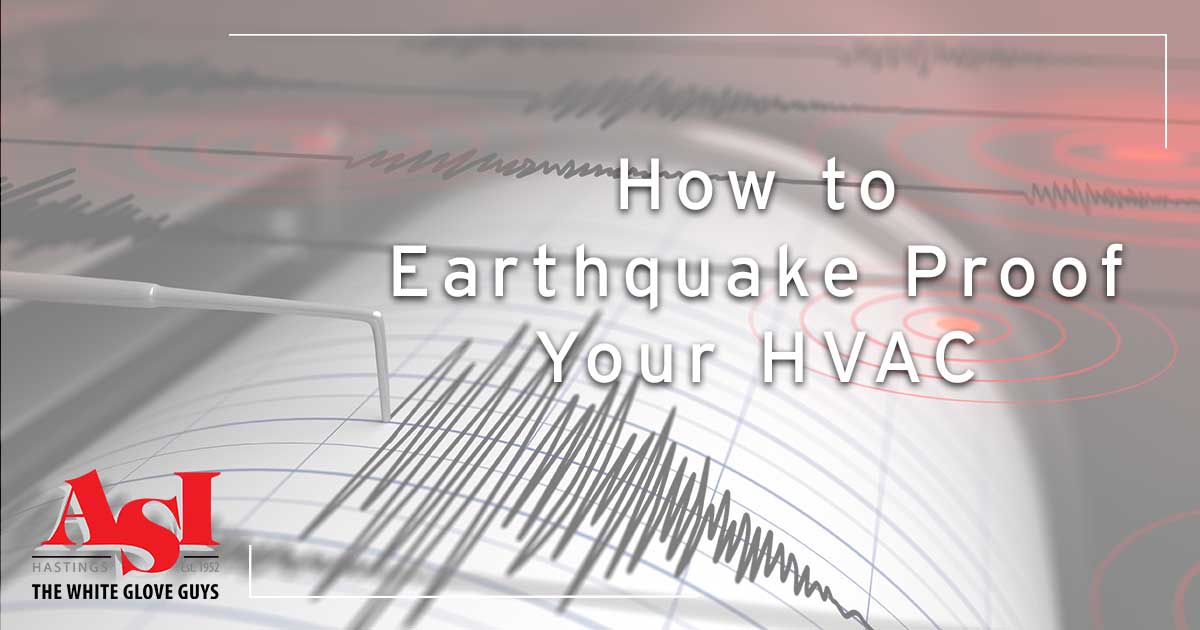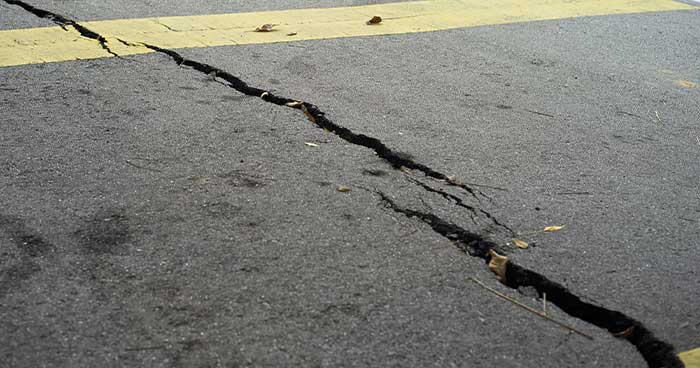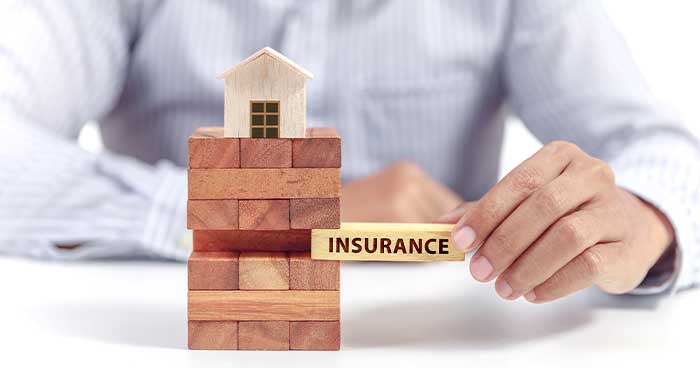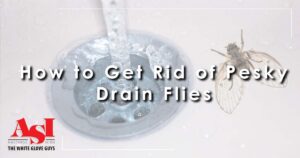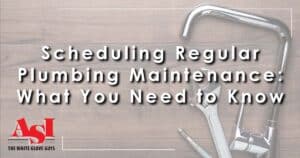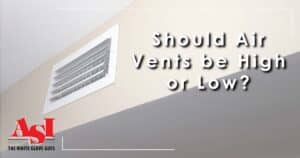San Diego has no end of natural beauty. From the coast lines to the mountains, everything is a sight worth seeing. There’s a small caveat to that beauty though. Life down here means life with the possibility of earthquakes. While it’s easy to focus on the items in your home, most people forget to consider taking care of their appliances. Here is some important information about how to earthquake proof your HVAC.
How an Earthquake Can Damage Your HVAC System
They are:
- Movement – It’s no secret that everything shakes during a quake. However, we’ve seen even small quakes knock an entire condenser off its concrete pad. The same can also be said for your furnace. After a quake, you’ll want to have someone inspect the fan, motor, coils, any electric wiring, and the furnace burners. These parts can come loose or be damaged during an earthquake.
- Exterior Damage – Falling objects can also do a lot of damage. This includes tree branches, boxes in storage, and anything else that’s above your furnace and condenser. Foreign objects can break the gas or refrigerant line and do major damage to the outside of your system.
What to Look for After an Earthquake in San Diego
The first thing you should do after an earthquake is make sure you, and your family, are ok. The next thing is to go around the house and asses any damage.
Conduct a quick visual inspection of your condenser and furnace. Are there any new scrapes or dents? Then you should assume something fell on your system and there could be damage.
Next, take a look at the external lines. Check for any cracks or breaks. It’s important you call an HVAC professional ASAP if you see an obvious leak or large break.
The next thing on your list is the ductwork. Ducts, or ductwork, are a series of flexible metal tubing that guides air to and from your HVAC system.
Even with enough time and use, ducts can develop cracks and fissures. An earthquake can help speed up that process. Look for any gaping holes or broken ducts.
Be Mindful of Potential Gas Leaks
After an earthquake, the most important thing you can do is be mindful of any gas leaks. You should turn off the gas immediately if you see any cracks or breaks to the gas line.
Even the smallest of gas leaks can be a cause for major concern. When left untreated, broken or cracked gas lines can cause your home to fill with carbon monoxide. Inhalation of too much carbon monoxide can cause carbon monoxide poisoning.
Earthquake Proof Your HVAC: An Ounce of Prevention is Better Than a Pound of Cure
Some of our preferred ways to earthquake proof your HVAC are:
- Vibration Isolators – Vibrations are one of the primary ways an earthquake can damage your HVAC system. One of the products we recommend are vibration isolators. They are small springs that can be installed under your condenser and sometimes in the fan. These springs decrease damage by absorbing some of the shock of the quake.
- Restraint Brackets – These are brackets that are installed on the corners of a condenser and furnace. They work in tandem with the vibration isolators and help absorb shock.
- Flex-Line Piping – The lines that transport gas and refrigerant are not flexible. This makes them susceptible to earthquake damage. A remedy is flex-line piping. These are small, flexible parts of line an HVAC technician can insert into your refrigerant and gas lines to help reinforce them against earthquake damage.
Protect Your Home, Protect Yourself
It’s always important to check your homeowners’ insurance for earthquake coverage. While most policies cover fire or storm damages, most do not cover earthquakes.
When you can, see if you can add an earthquake policy or earthquake coverage. If your primary insurance provider doesn’t offer coverage, the California Department of Insurance sells earthquake policies.
When choosing a policy, it’s important to look for these 3 things:
- Dwelling Coverage – This coverage is specific to your home and parts of your home. Appliances and HVAC included.
- Personal Property Coverage – This covers your belongings in the home. Things like furniture and décor.
- Additional Living Expenses – Sometimes the damage can be so big you’ll need actual work done on the home. The additional living expenses coverage will pay for any time you need to spend in a hotel or some other lodging.
Want someone to come look at your system after a quake? Don’t hesitate to call your local HVAC experts at ASI, the White Glove Guys.

